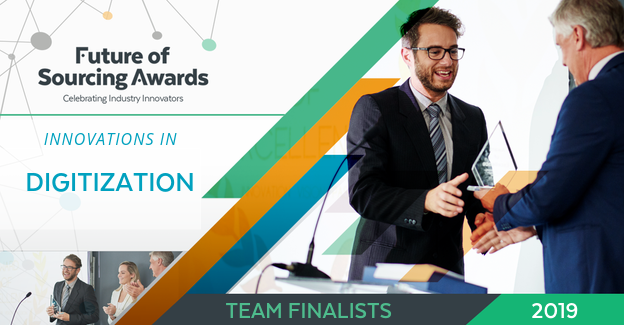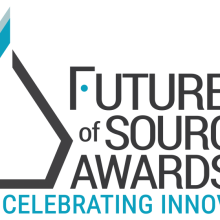Can you outline why your team embarked on this project and the problem that needed to be solved?
We needed a fully integrated end-to-end Source to Procure system. This allowed us to effectively connect supplier risk management with sourcing, contracting and purchasing activities. This also fulfilled the need for Fannie Mae to provide an automated accurate HERA (the Housing Economic Recovery Act of 2008) Report to FHFA (the Federal Housing Finance Agency).
How were things done originally and what was the inspiration to innovate the process?
Procurement strategic activities, including sourcing and supplier risk management, were on different systems as were procurement operational activities, such as supplier performance and purchase requisitions. There was no single truth of supplier data. Purchase orders were sent to suppliers via email or fax with offline approvals. Contract information was manually entered when purchase requisitions were created and validated. Reconciliations of invoice and purchase orders were a burden that caused procurement operational inefficiency and opportunities for error due to “high-touch” manual processes. The FHFA regulatory report took months to compile and complete as we need to pull data from various systems within the company.
What KPIs did you use to measure success for this project? (For example: performance, customer satisfaction, revenue, sales or relevant financial gains?)
Metrics on targeted goals were established and monitored with the following results:
- ~ 30% faster S2P cycle times due to automation and process visibility
- ~ 2000 sourcing events and projects executed
- Reduced high touch and manual entry using one system from contracts to purchases
- 100% of purchasing requisition and purchasing order transactions are electronic
- Achieved 100% online approval for contract and purchasing orders with established eSignature
- 100% of total spend analyzed via quick “one click away” access for regulatory report preparation
How you plan to ensure that the new model remains relevant and adapts to the future needs of the market?
Monthly and/or contracting deal surveys are conducted among our user base to gain insights on end users’ experience. Systematic enhancements are reviewed and prioritized to support the continued leveraging of the procurement system. Procurement also conducted benchmarking on our performances against industry leaders. More digitization and automation opportunities are continually identified and implemented to enhance Procurement’s capability for future needs.
The key elements of our plan include our continued efforts to:
- Update our procurement technology roadmap to align with our strategy and anticipate future needs
- Enrich our real time procurement performance KPIs for answers to key questions, such as identifying the next big opportunity for value creation or cycle time reduction
- Increase transparency and visibility to effectively collaborate with key stakeholders and suppliers
- Leverage RPA, AL and NL wherever best suited to help us address regulatory requests or mitigate risks
What advice do you have for those who may want to implement this innovative approach in their own organizations?
Each organization is different, but the three key elements of “people, process, and technology” are the same key considerations when implementing a project. The first step I recommend an organization take is to assess their procurement’s maturity or readiness before deciding the scope of a project. Typical things to consider would be: identifying the procurement team’s responsibilities and people capabilities; Day-to-day purchasing vs. strategic sourcing; center-led or distributed procurement teams; understanding the existing technology solutions that support procurement operations; etc.
When the scope of the project is decided, the next recommendation would be for an organization to use technology implementation as an opportunity to review what the future should and could look like, rather than how were things done previously. Instead of copying legacy processes into new technology, consider how best to streamline existing operations that not only address today’s requirements but can also prepare you for future need that include regulatory requirements and risk management.
Technology solutions may not be the first step when implementing this innovative approach. Often people skills, procurement organization structure, new process designs and pilots incorporating existing tools that can help define or refine a suitable plan to implement innovative solutions.
With innovations in digitization occurring very quickly in our industry, how do you see this specific project further transforming in the future?
The project created a good foundation for our journey to procurement performance excellence. With digitized procurement operations and processes, we are able to focus on what matters the most to serve our key stakeholders through effective collaboration and deeper business insights.
Despite the digitization process happening quickly, we were able to ensure that we embedded AI, RPA and NL advanced technologies into our processes where applicable. Leveraging RPA allowed us to remove repeated manual data validations out of our daily activities; NL recognition enabled our user communities a self-service feature to access our process guide for procurement support activities; and more AI made it possible for smart purchasing and contracting activities.
In summary, we learned and that when driving continued improvements, it is important to have established a strong starting point that will allow us to build on what we have achieved so that we can strive for future innovation and positive transformation.



